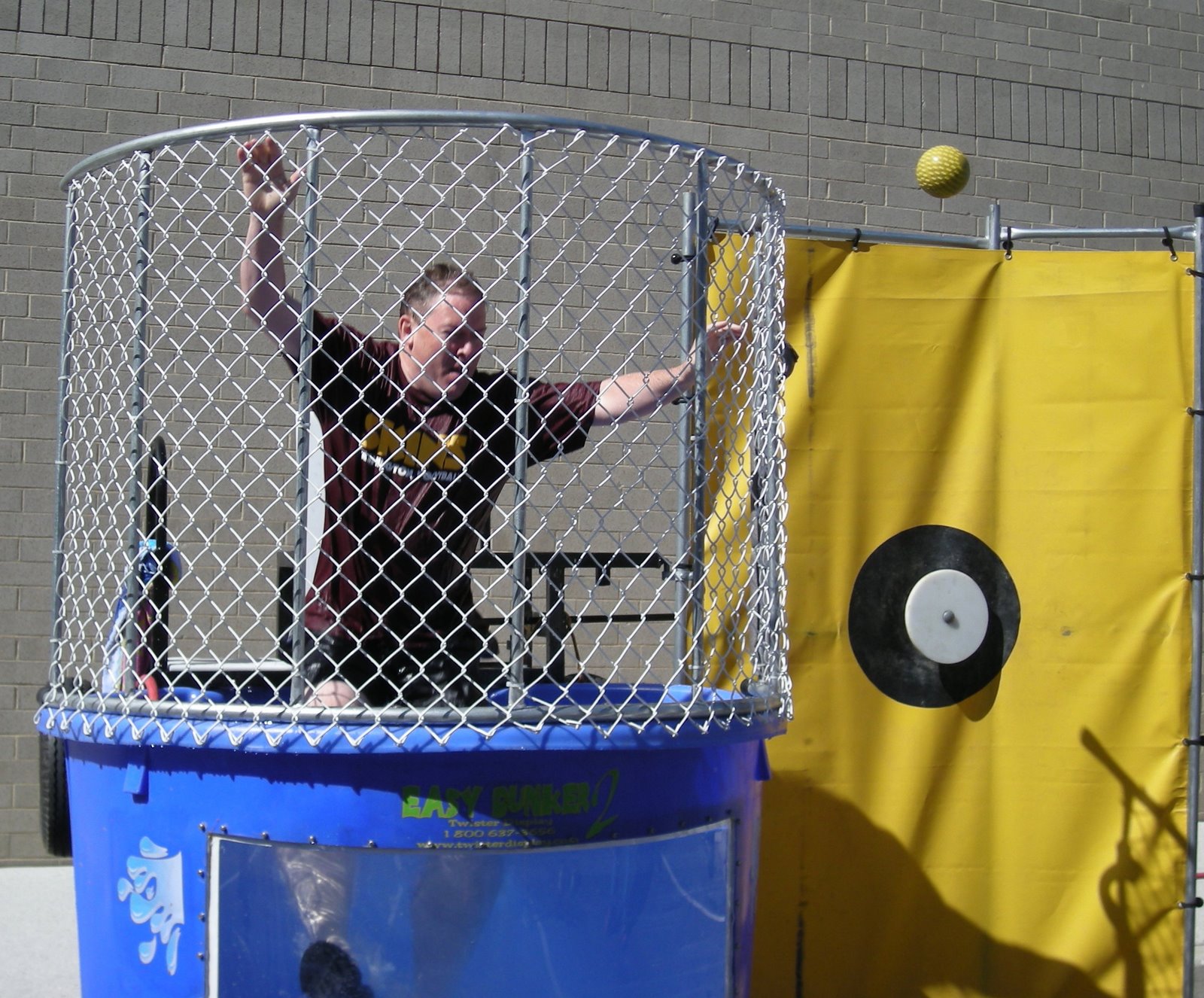Free computers given to students
By John-John Williams IV | john-john.williams@baltsun.com
One hundred students at Wilde Lake, Oakland Mills, Murray Hill and Patuxent Valley middle schools were recently given Internet-ready desktop computers and printers in an attempt to close the digital divide at home.
The gifts are part of the Computers for Students Program, a collaboration between the Bright Minds Foundation, a Howard County public schools group that addresses equity issues, and the Lazarus Foundation, a nonprofit computer-refurbishing organization.
Leaders from the two foundations say the project is aimed at closing the "digital divide" - gaps in access to technology among socioeconomic groups.
About 74 percent of students in Maryland public schools have access to computers at home, according to the most recent survey of students conducted in 2007 by the Maryland State Department of Education, up from 59.4 percent in 2003. Howard County led the state with 87.6 percent.
Thirty Wilde Lake Middle School students who didn't have computers at home received the equipment.
"They were really excited," said Wilde Lake Middle Principal Tom Saunders. "They were more excited afterwards. The equipment that they got was pretty state-of-the-art. It wasn't something that was clearly a hand-me-down from someone."
When Saunders met with some of the students a couple weeks ago, he said the students told him that the computers were "so cool."
"They said it was definitely helping their grades," said Saunders, who explained that the students who received computers will be able to access some of the school's Internet-based programs, including a math game and a real-time teacher grade book.
The most recent computers are part of a $1 million campaign called "Bridging the Digital Divide," according to Doug Hostetler, chairman of Bright Minds. To date, the group has received $425,000 in gifts for the program.
Students are chosen for the program after schools identify which students have no computer access at home. The Computers for Students program comes with a catch: Students must attend a two-hour instruction course along with their parents.
While some school systems have attempted to provide computer access to students, such as Talbot County, which gives all freshmen laptops to use throughout their high school careers, none have found a way to equip every student from elementary to high school with a computer at home. As a result, many schools have turned to organizations and partnerships to increase students' access at home.
The gifts are part of the Computers for Students Program, a collaboration between the Bright Minds Foundation, a Howard County public schools group that addresses equity issues, and the Lazarus Foundation, a nonprofit computer-refurbishing organization.
Leaders from the two foundations say the project is aimed at closing the "digital divide" - gaps in access to technology among socioeconomic groups.
About 74 percent of students in Maryland public schools have access to computers at home, according to the most recent survey of students conducted in 2007 by the Maryland State Department of Education, up from 59.4 percent in 2003. Howard County led the state with 87.6 percent.
Thirty Wilde Lake Middle School students who didn't have computers at home received the equipment.
"They were really excited," said Wilde Lake Middle Principal Tom Saunders. "They were more excited afterwards. The equipment that they got was pretty state-of-the-art. It wasn't something that was clearly a hand-me-down from someone."
When Saunders met with some of the students a couple weeks ago, he said the students told him that the computers were "so cool."
"They said it was definitely helping their grades," said Saunders, who explained that the students who received computers will be able to access some of the school's Internet-based programs, including a math game and a real-time teacher grade book.
The most recent computers are part of a $1 million campaign called "Bridging the Digital Divide," according to Doug Hostetler, chairman of Bright Minds. To date, the group has received $425,000 in gifts for the program.
Students are chosen for the program after schools identify which students have no computer access at home. The Computers for Students program comes with a catch: Students must attend a two-hour instruction course along with their parents.
While some school systems have attempted to provide computer access to students, such as Talbot County, which gives all freshmen laptops to use throughout their high school careers, none have found a way to equip every student from elementary to high school with a computer at home. As a result, many schools have turned to organizations and partnerships to increase students' access at home.
Copyright © 2009, The Baltimore Sun


















No comments:
Post a Comment